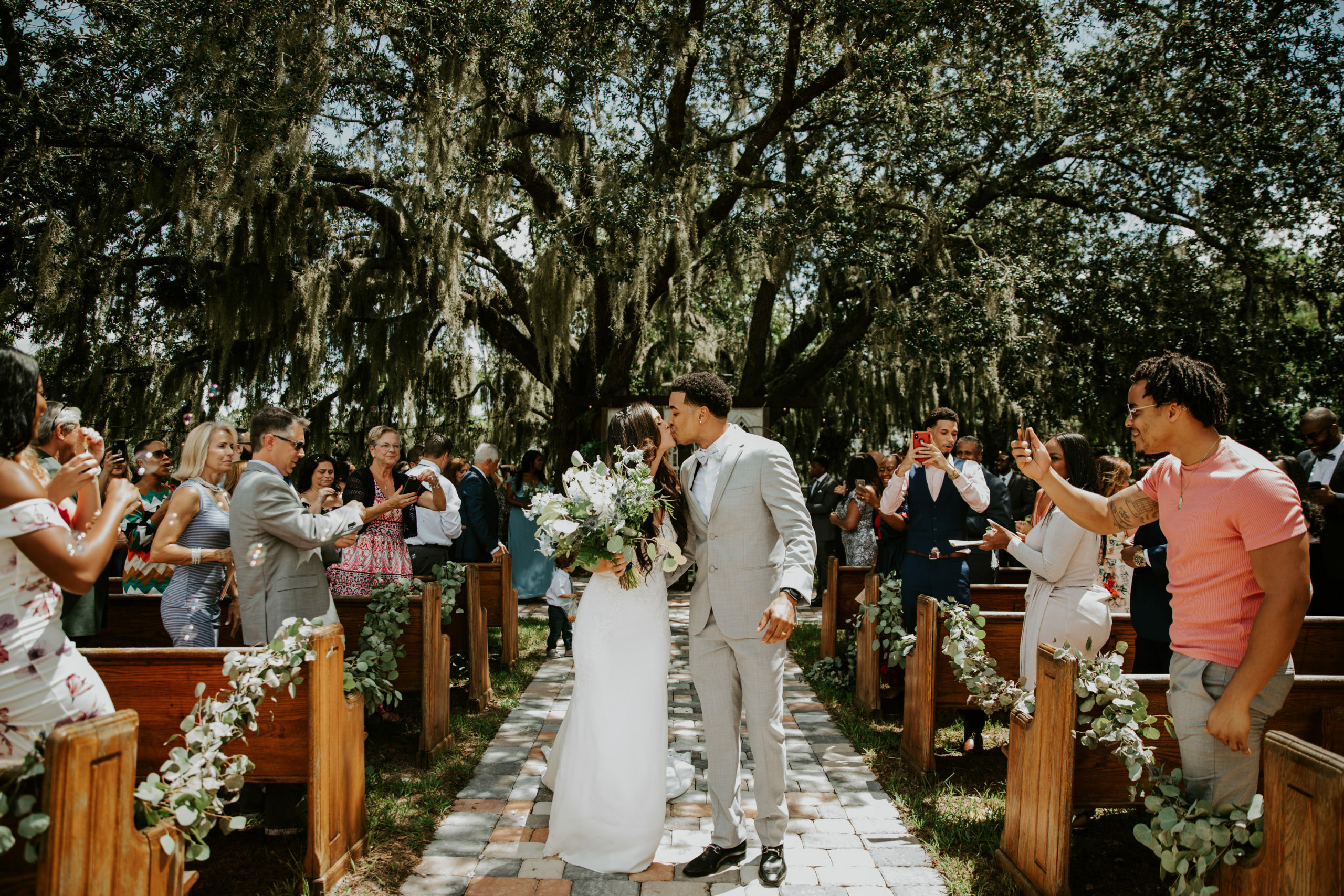Introduction:
How to Shoot Professional Video on a DSLR Camera, have become increasingly popular among filmmakers and videographers due to their versatility and affordability. Shooting professional video on a DSLR camera requires a basic understanding of the camera’s features, as well as proper setup and techniques. This article will provide an overview of the steps involved in shooting professional video on a DSLR camera.
1: Understanding Your Camera
- Camera Settings: Familiarize yourself with the basic settings of your camera, including resolution, frame rate, and ISO. It is important to understand how these settings affect the quality of your video.
- Lenses: The lens you use is just as important as the camera itself. Choose a lens that will best suit your needs, whether it is a wide-angle lens for landscapes or a telephoto lens for portraits.
- Audio: Most DSLR cameras have built-in microphones, but the audio quality may not be sufficient for professional use. Consider investing in an external microphone to improve the audio quality of your videos.
2: Preparing for a Shoot
- Lighting: Proper lighting is essential for professional-looking video. Plan your shots based on the available light or bring additional lighting equipment if necessary.
- Tripod: A tripod will help to keep your camera steady and reduce camera shake during long exposures or when using a zoom lens.
- Planning: Plan your shots ahead of time, including camera placement and movement, as well as the subject matter and composition.
3: Shooting Techniques
- Camera Movement: Experiment with different camera movements, such as panning, tilting, and dollying, to add visual interest to your shots.
- Focus: Pay attention to focus, especially when shooting moving subjects. Consider using manual focus or continuous autofocus to ensure that your subject stays in focus throughout the shot.
- Framing: Proper framing is essential for a professional-looking video. Use the rule of thirds to help guide your composition and avoid centering your subject in the frame.
4: Post-Production
- Editing Software: Choose an editing software that meets your needs and fits within your budget. Adobe Premiere Pro, Final Cut Pro X, and DaVinci Resolve are popular choices among professional videographers.
- Color Correction: Color correction is an important step in post-production that can make a significant difference in the overall look of your video.
- Audio Editing: Improving the audio quality of your video is just as important as the visual quality. Use the audio editing tools in your editing software to remove background noise, balance levels, and add sound effects.
Best Cameras for Video Shoot
If you are looking for a best camera for video under $500, here are a few options to consider:
- Canon EOS Rebel T7: This is a great entry-level camera that offers good image and video quality. It has a 24.1-megapixel APS-C CMOS sensor and can shoot full HD 1080p video at 60 frames per second.
- Nikon D3500: The Nikon D3500 is another good option for a budget-friendly camera for video. It has a 24.2-megapixel APS-C CMOS sensor and can shoot full HD 1080p video at 60 frames per second.
- Sony A5000: The Sony A5000 is a mirrorless camera that is compact and lightweight. It has a 20.1-megapixel APS-C CMOS sensor and can shoot full HD 1080p video at 60 frames per second.
- Panasonic Lumix G7: The Panasonic Lumix G7 is a mirrorless camera that offers good image and video quality. It has a 16-megapixel Micro Four Thirds sensor and can shoot full HD 1080p video at 60 frames per second.
These are just a few options to consider if you are looking for a camera for video under $500. It is important to keep in mind that the video quality of a camera is not solely determined by its price, so it may be worth researching and testing multiple options to find the one that best fits your needs and budget.
Conclusion
Shooting professional video on a DSLR camera requires a basic understanding of the camera’s features, proper setup, and techniques. With practice and patience, you can create high-quality videos that will impress your audience. Whether you’re a seasoned professional or just starting out, keep experimenting and learning to improve your skills and achieve your vision.













































